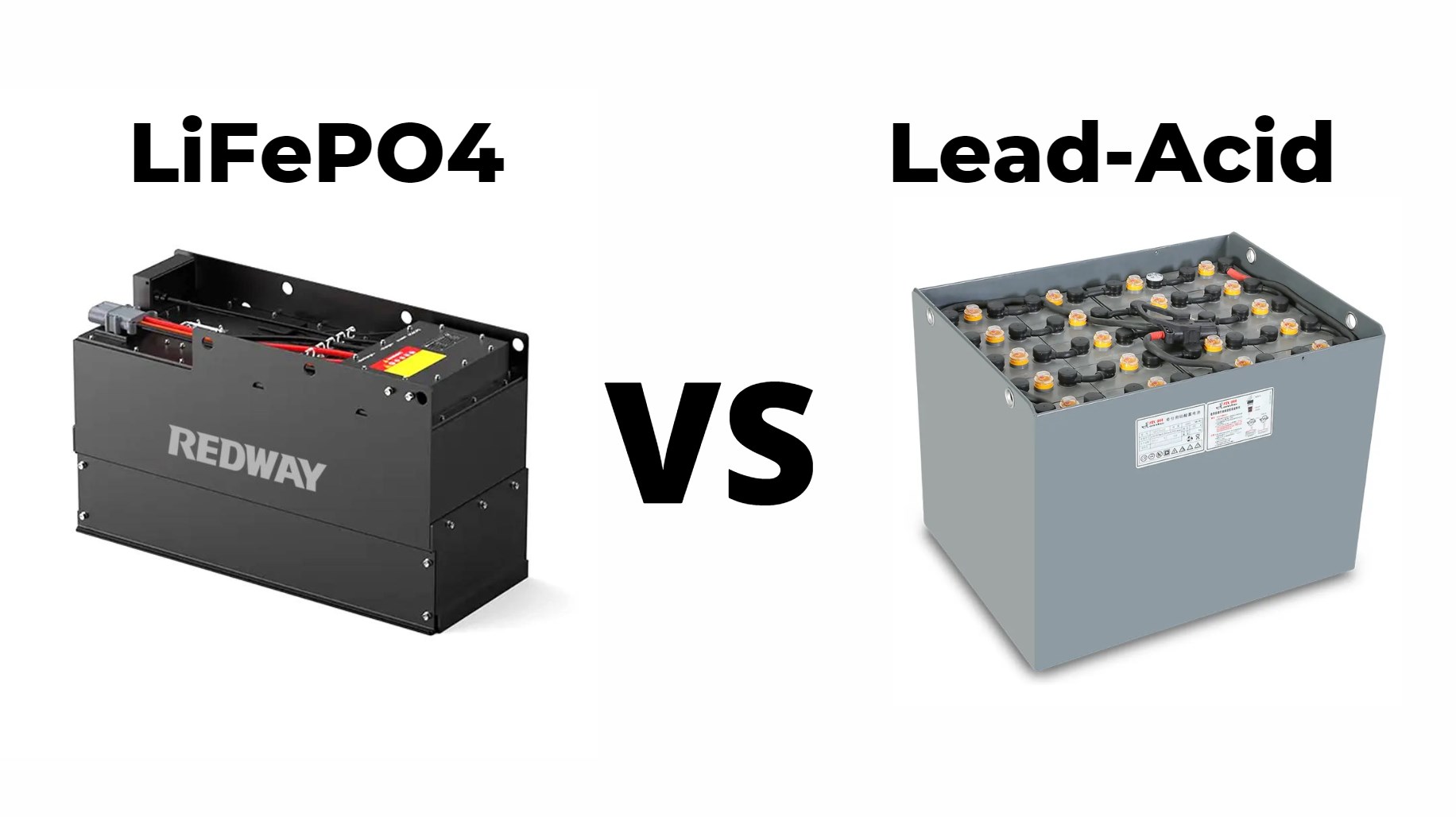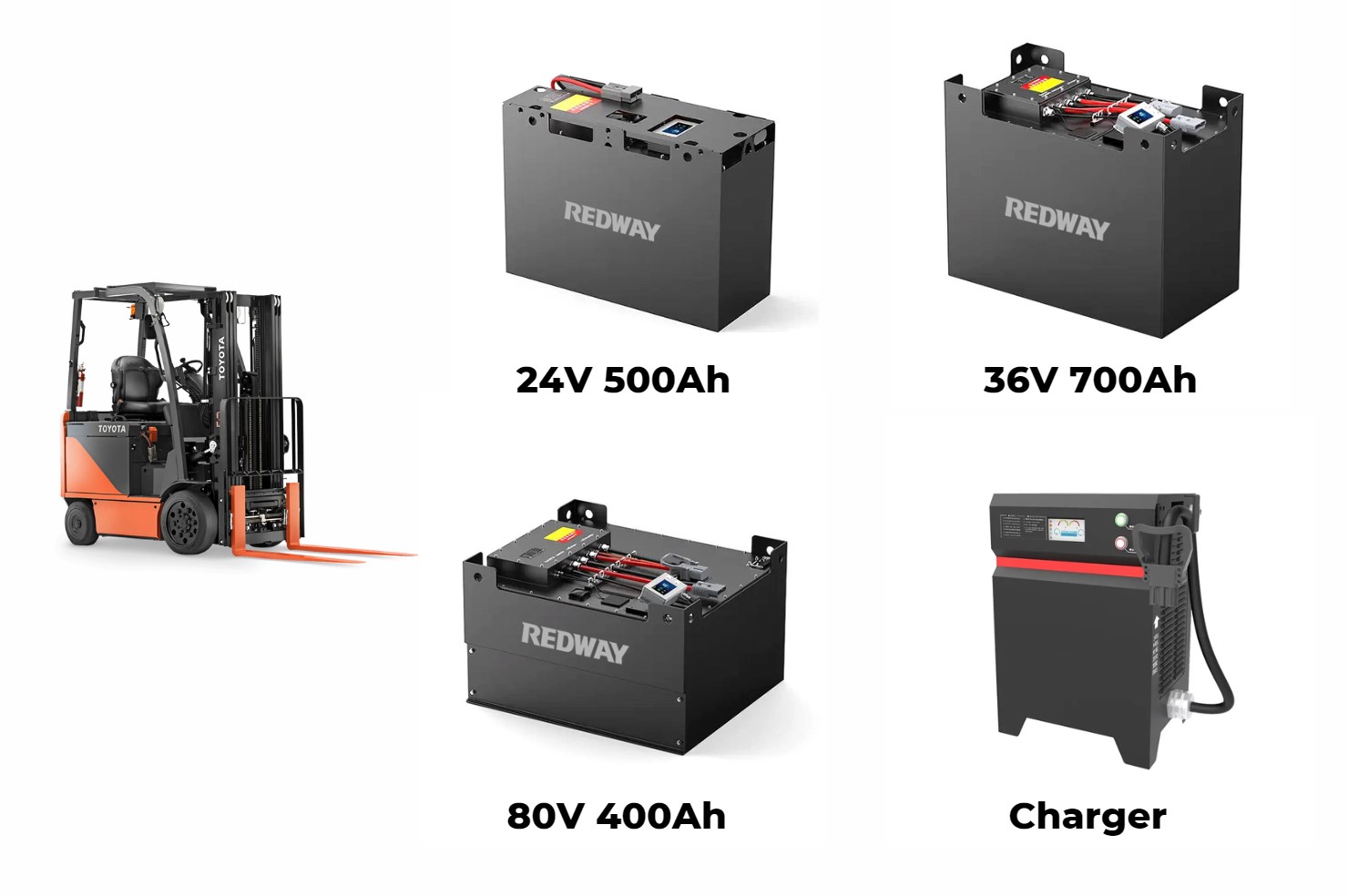In the realm of energy storage, LiFePO4 (Lithium Iron Phosphate) and lead-acid batteries stand out as two prominent options. Understanding their differences is crucial for selecting the most suitable battery type for various applications. This article provides a detailed comparison of these two battery technologies, focusing on key factors such as energy density, cycle life, charging efficiency, safety, maintenance, environmental impact, and cost considerations.
LiFePO4 batteries outperform lead-acid batteries in several aspects: longer lifespan (2000+ cycles vs. 400-800), faster charging times, lower weight, reduced maintenance needs, and greater energy efficiency. These benefits make LiFePO4 increasingly favored in modern applications.
1. Energy Density
Wholesale lithium golf cart batteries with 10-year life? Check here.
LiFePO4 Batteries: Known for their superior energy density, LiFePO4 batteries offer a high amount of stored energy in a compact and lightweight design. This makes them particularly advantageous for applications where space and weight constraints are significant factors. The higher energy density of LiFePO4 batteries allows for more efficient use of space and reduced overall weight, which is beneficial for mobile and portable applications, such as electric vehicles and renewable energy systems.
Lead-Acid Batteries: In contrast, lead-acid batteries have a lower energy density, meaning they require more space and weight to store the same amount of energy. This bulkier design can be a disadvantage in applications where minimizing weight and space is critical. While lead-acid batteries have been a reliable energy storage solution for many years, their larger size and weight can limit their suitability for modern, space-constrained applications.
Want OEM lithium forklift batteries at wholesale prices? Check here.
2. Cycle Life
LiFePO4 Batteries: One of the standout features of LiFePO4 batteries is their extended cycle life. These batteries can typically endure over 2,000 charge-discharge cycles, with some models reaching up to 4,000 cycles. This longevity translates to fewer replacements and lower long-term costs. The increased cycle life of LiFePO4 batteries makes them a preferred choice for applications that require frequent cycling, such as renewable energy storage and electric vehicles.
Lead-Acid Batteries: Lead-acid batteries generally have a shorter cycle life, ranging from 300 to 500 cycles. This shorter lifespan often results in more frequent replacements, increasing long-term costs. Although lead-acid batteries are cost-effective initially, their limited cycle life can be a significant drawback in applications that demand frequent charging and discharging.
3. Charging Efficiency
LiFePO4 Batteries: LiFePO4 batteries are renowned for their high charging efficiency, often ranging from 95% to 98%. This efficiency minimizes energy loss during the charging process, making them ideal for applications where energy conservation is critical. The high charging efficiency of LiFePO4 batteries ensures that more of the energy input is stored and utilized, resulting in better overall performance and reduced energy costs.
Lead-Acid Batteries: Lead-acid batteries have a lower charging efficiency, typically between 70% and 85%. This lower efficiency results in greater energy loss during the charging process, which can be a disadvantage in applications where energy efficiency is a priority. The reduced charging efficiency of lead-acid batteries can lead to higher operational costs and less effective energy storage.
4. Safety and Thermal Stability
LiFePO4 Batteries: LiFePO4 batteries are recognized for their exceptional safety and thermal stability. They are less prone to thermal runaway, a condition where the battery rapidly overheats and can potentially catch fire. LiFePO4 batteries can withstand higher temperatures without compromising safety, making them a reliable choice for demanding environments. Their stability contributes to a lower risk of accidents and ensures safe operation under various conditions.
Lead-Acid Batteries: While generally safe, lead-acid batteries can present safety concerns due to the corrosive sulfuric acid they contain. This acid can leak or release harmful gases during charging, posing risks to both users and the environment. Proper maintenance and handling are essential to mitigate these risks and ensure safe operation.
5. Maintenance Requirements
LiFePO4 Batteries: LiFePO4 batteries require minimal maintenance, offering a significant advantage over lead-acid batteries. There is no need for regular checks or electrolyte level monitoring, which simplifies their upkeep and reduces maintenance costs. The low maintenance requirements of LiFePO4 batteries make them a convenient and hassle-free option for users seeking reliable and low-maintenance energy storage solutions.
Lead-Acid Batteries: Lead-acid batteries require regular maintenance, including checking electrolyte levels and cleaning terminals. This ongoing maintenance is necessary to ensure optimal performance and prevent issues such as sulfation and corrosion. The additional maintenance requirements of lead-acid batteries can lead to increased labor and costs over time.
6. Environmental Impact
LiFePO4 Batteries: LiFePO4 batteries are more environmentally friendly compared to lead-acid batteries. They do not contain toxic heavy metals like lead or hazardous sulfuric acid, reducing potential environmental hazards and health risks. The use of LiFePO4 batteries contributes to a lower environmental impact and supports more sustainable energy storage solutions.
Lead-Acid Batteries: Lead-acid batteries contain lead and sulfuric acid, which pose environmental risks if not disposed of properly. Improper disposal of lead-acid batteries can lead to soil and water contamination, posing significant environmental and health hazards. Responsible recycling and disposal practices are essential to mitigate these risks and ensure environmentally safe handling.
7. Cost Considerations
LiFePO4 Batteries: Although LiFePO4 batteries have a higher initial purchase cost, their longer lifespan and lower maintenance needs can make them more cost-effective in the long run. The reduced frequency of replacements and lower operational costs contribute to their overall value, making them a worthwhile investment for many applications.
Lead-Acid Batteries: Lead-acid batteries are generally more affordable upfront, but their shorter lifespan and higher maintenance costs can add up over time. While the initial investment is lower, the long-term costs associated with frequent replacements and maintenance may make lead-acid batteries less economical in the long term.
Conclusion
In summary, LiFePO4 batteries generally outperform lead-acid batteries in several critical areas, including energy density, cycle life, charging efficiency, safety, and environmental impact. While lead-acid batteries may be more budget-friendly initially, the long-term advantages of LiFePO4 batteries, such as their extended lifespan and lower maintenance requirements, often make them a more economically advantageous choice. For applications where reliability, efficiency, and sustainability are paramount, LiFePO4 batteries offer a superior solution.
FAQs
What Safety Measures Should Be Taken When Using LiFePO4 Forklift Batteries?
Do LiFePO4 Batteries Require Maintenance?
What is the Typical Cost of a LiFePO4 Forklift Battery?
Comparing Maintenance Costs: LiFePO4 Batteries vs. Lead-Acid Batteries
Exploring Real-World Applications of LiFePO4 Batteries in Forklifts
Industries Benefiting from LiFePO4 Forklift Batteries
What is LiFePO4 Technology?
The Evolving Market for Forklift Batteries
What Are the Latest Advancements in LiFePO4 Battery Technology?
How Does Fast Charging Impact Battery Life?
Types of Chargers for LiFePO4 Forklift Batteries
Common Voltage and Capacity Options for LiFePO4 Forklift Batteries
Comparing LiFePO4 and Lead-Acid Batteries: A Comprehensive Analysis







